

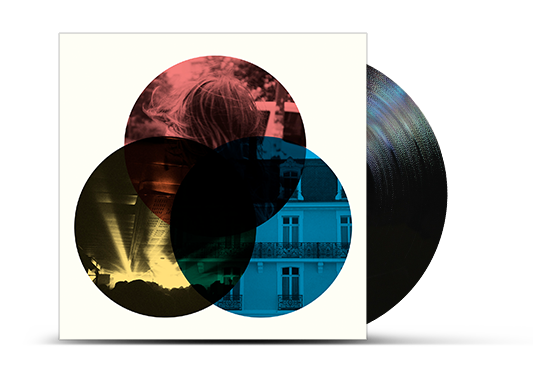
The Parisian duo Paradis, made up of Simon Mény and Pierre Rousseau, released Couleurs Primaires, their first EP, under the label Barclay. The group attracted attention for two of the record’s singles, “Sur une chanson en français” and “Garde le pour toi”. The tracks were equal parts house and chanson française and received over two million views on YouTube. Their album, Recto Verso, was released in September 2016.
Producer Romain Delahaye, also known as Molécule, came out with a techno album, 60°Nord 43’, that he composed during a five-week trip on a trawler. A logbook was published along with the release. At the end of November, William Rezé, also known as Thylacine, released Train, a record composed on board the Trans-Siberian Railway, along with a ten-episode documentary.
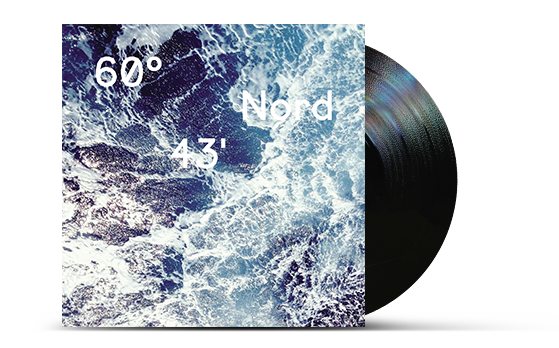
After the release of his seventeenth album in early 2007, a conceptual record entitled Téo et Téa, Jean-Michel Jarre took an eight-year break from the recording studio. He ended his hiatus with the release of a new album under Columbia, Sony’s flagship label. Electronica 1: The Time Machine was entirely made up of duos in which the pioneer of electronic music in France collaborated with various generations of electronics producers and even vocalists. The record was the product of four long years of work during with Jarre “combined my DNA with that of musicians who inspire me and are a part of the history of electronic music.” The wide-ranging guest list included the members of the old guard such as performer Laurie Anderson, former Depeche Mode member Vince Clarke, The Who’s guitarist Pete Townshend, and the film director John Carpenter. French figures included Air, M83, and Gesaffelstein. The king of Dutch trance, Armin van Buuren, and 3D from Massive Attack even made an appearance. The album breathed new life into the career of the artist behind the legendary 1976 album, Oxygène.
The following year, Jarre released a follow-up album entitled Electronica 2: The Heart of Noise, featuring Pet Shop Boys, Rone, Sébastien Tellier, Jeff Mills, and even Edward Snowden, the American whistleblower who revealed the massive surveillance operation being carried out by American intelligence agencies on Western populations. At the very end of 2016, on December 2, Jarre released Oxygène 3, the sequel to Oxygène and Oxygène 7-13 (a 1997 album paying tribute to the pioneering Pierre Schaeffer, a founder of the collective Groupe de Recherches Musicales). The veteran electro artist clearly had no trouble finding inspiration.
Jacques released his first maxi-single in March. One year later, he had already earned a place next to the essential figures in the French electronic scene yet had barely six tracks to his name. His first EP, Tout est magnifique, was composed of four songs edited by Pain Surprises. The record label and collective had started in Strasbourg but later decamped to Paris. It earned a name as a party organizer but also helped launch the careers of artists like Jabberwocky and Grand Soleil. Jacques’ first release was carried by a mix of cerebral techno and playful electronica featuring many sounds taken from everyday life. He created a type of “field recording” of his day-to-day, recording noises made by pots and pans and other mundane objects. His fun, original approach quickly earned him a reputation.

During his live performances, Jacques records samples of himself on stage as he hits cans and blows across the tops of tubes. The shows bordered on improvisation and were wildly popular. Jacques took part in the 160th anniversary of BHV Marais in September 2016. Performing from a balcony overlooking a massive crowd, the artist created new sounds only using objects found in the store. His quick rise to fame was also helped along by a very successful performance during the Rencontres Trans Musicales festival in Rennes at the end of 2015, followed by the release in mid-2016 of the track “Dans la Radio,” made using sounds recorded inside Maison de la Radio, the headquarters of Radio France. Jacques also stood out for his sense of humor, which was apparent in his quirky haircut and YouTube channel, Centre National de Recherche du Vortex, which featured absurd experiments like “Defenestrating a window” and “Sweeping brushes.”

Discovered in 2011 by Clown & Sunset, the label owned by the Chilean artist Nicolas Jaar, then by its successor, Other People, the young French musician Valentin Stip was one of the most promising artists active in a category that used to be known as electronica, a slow, lissome music that borrowed elements from classical music, rhythmic changes, ambient music, and a delicate dancefloor sound.
One year after his first album, Sigh, an impressive and precisely produced record, Valentin Stip wrote “Working Tree” for French Waves. The track was based on field work; Stip first recorded the sounds of branches in a forest, then used them to create a song.

After a few self-produced records, the festive techno group Salut C’est Cool, which was already performing sold-out shows throughout France, confirmed its success with its first album, Sur le Thème des Grandes Découvertes. Released under Barclay, the record concluded with its most famous track, “Techno Toujours Pareil.”
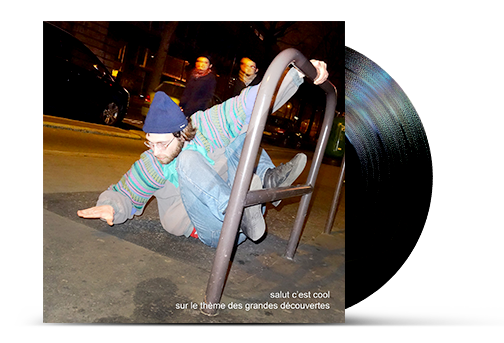
Daft Punk Unchained came out in early summer 2015. Broadcast on French TV channel Canal +, Hervé Martin Delpierre’s documentary recapped the two robots’ twenty-year career, going as far back as Darlin’, the group that Thomas Bangalter and Guy-Man de Homem-Christo created in 1992 with Laurent Brancowitz, the future guitarist of Phoenix.
Théo Le Vigoureux, also known as Fakear, was just twenty-five when he performed before a packed audience at Olympia for the first time on October 8, 2015. He hadn’t yet released a single album. The first one, Animal, came out in June 2016. His name comes from the term “fake ear,” which refers to the confused reactions of his musician friends when he started the transition from rock to electronic music a few years previously. Fakear’s delicate, downtempo sound borrowed from world music and, despite its electronic shift, continued to use guitars. His work started to attract a large following at the end of 2013 after a noteworthy performance at the Trans Musicales festival in Rennes followed by the release of his maxi-single Sauvage under the newly formed label Nowadays Records.

His track “La Lune Rousse,” featuring the singer Deva Premal, was viewed five million times on YouTube and heard two million times on SoundCloud. Fakear had become number-one in a new generation of French electronic producers that shared a few common references, including the English artist Bonobo from the label Ninja Tune, the new Australian star Flume, and the California beatmaker Flying Lotus. Two of Fakear’s friends and fellow producers, Superpoze and Dream Koala, rose to fame a few months later. The trend was not limited to France and was the exact opposite of French Touch music as it wasn’t really made for dancing nor was it aimed at clubs.
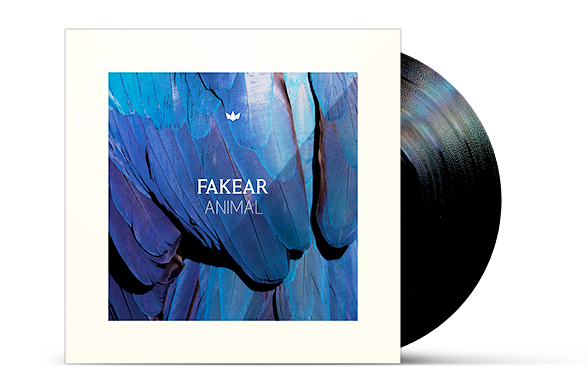
Fifteen years after his second album, Tourist, Ludovic Navarre returned to his St Germain project to release a third record under Parlophone. This collection of tracks inspired by both house and African music came out on October 9 ahead of Navarre’s French tour.

Red Bull Music Academy, an electronic music workshop and symposium, took place in Paris from the end of October to the end of November for the first time. The event was scheduled to include parties, concerts, conferences, and work sessions aimed at promoting thirty young artists collaborating in the Red Bull studios, but was interrupted by a terrorist attack in Paris on November 13.

The magazine Tsugi launched an Internet radio station under the direction of Antoine Dabrowski from Radio France. The station provided an uninterrupted stream of music as eclectic as the magazine’s editorial line. The emerging French scene received frequent air time along with interview excerpts, mixes from DJs like Louisahhh!!!, and reports from journalists like Nico Prat. The radio also went on the road to put on live shows at France largest festivals, including the Trans Musicales, Panoramas, and Riddim Collision.

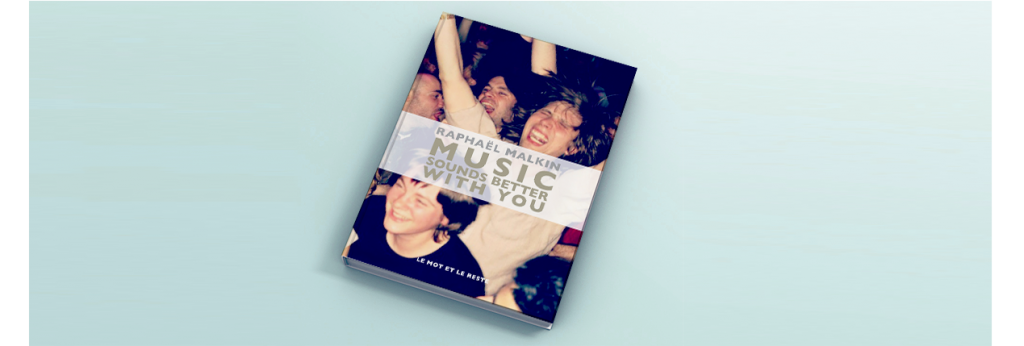
The author Raphaël Malkin published Music Sounds Better With You (a reference to the hit song by Stardust) with Les Mots et le Reste publishing. The work covered the entire history of the French Touch movement by looking at five important figures from the early days of electro in France, namely the journalist David Blot; the event organizer Frédéric Agostini; the manager of Daft Punk, Pedro Winter; and the two DJ-producers Philippe Zdar (one half of Cassius) and Dimitri From Paris.